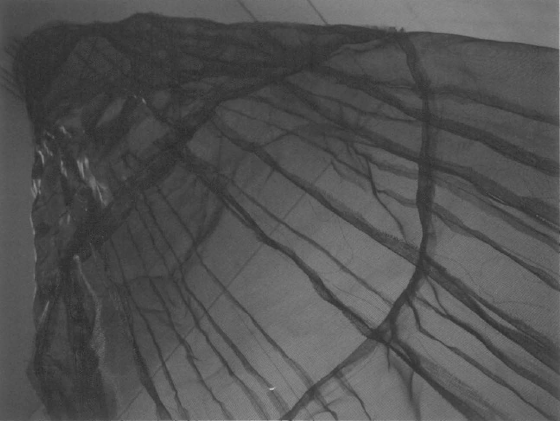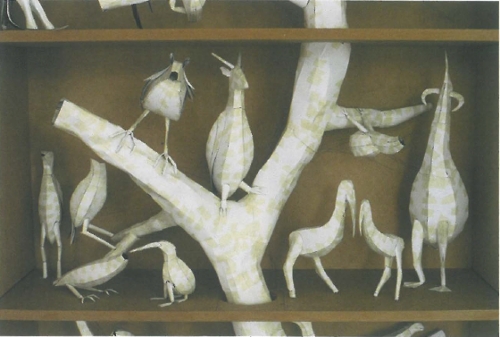
After visiting the graduate exhibitions from the three tertiary institutions in South East Queensland offering degrees in fine art, and viewing the work of approximately 170 artists, it is apparent that the 'graduate exhibition' is less of an exhibition in the traditional sense and more a snapshot of what students have produced over a year within the confines of an institution and under the tutelage of particular lecturers.
An inherent difficulty with the exhibitions stemmed from the venues largely being university studio spaces that often resulted in work being crowded and overhung, with diverse media competing for the attention of the audience. An exception to this was GraduArt, the work of students from the University of Southern Queensland held at Toowoomba Regional Gallery. All three exhibitions offered little concession for the audience with no didactics and supporting catalogues, and with simplistic artist statements that shrouded the work in a veil rather than describing it. While appealing mostly to family, friends and teachers who are part of the 'ceremony of graduation', the graduate exhibitions were a place where the enthusiastic public could view the work of emerging artists at the cusp of their professional careers despite the somewhat difficult environments.
In an era of digital photography Queensland College of Art photography students Nathan Corum and Marius Saetersdal manage to retain a reverence for the traditions and simplicity of the medium while producing strikingly original work. Corum, for example, has developed an ingenious technique in his Cameo Series, coined the Corumscope. A simple cardboard tube is placed in front of a television to capture the pixellated image of the screen, in this instance the cameo appearances of Alfred Hitchcock in his own films. This technique reverses the effects of pixellation – it doesn't hide the identity of individuals but rather hides the identity of the entire film. The end result is abstracted circles in a cacophony of colour that are reminiscent of sixties wallpaper. The only hint of identity or their origin is the representational circle of Hitchcock in his cameo.
Like Corum, Saetersdal's also draws upon a cinematic tradition albeit in a more traditional and aesthetic manner. His series, Tales of Ordinary Madness, depicts lone male characters set in sober seventies interiors that are evocative of the rooms found in hotels or retirement villages. These highly stylised images capture a moment in the lives of individual men, of increasing social anxiety and alienation despite a growing capacity to be 'plugged in' and part of a global community.
Queensland University of Technology graduate Sylvie Bruce's silhouettes in Perspex and Gaffe tape reflect the shiny appeal of the advertising images that they were borrowed from. Like the iconic 'mud flap girl' and other ubiquitous images of the female form that inundate us from the realm of popular culture, meanings are not always apparent and semiotic relations are only revealed upon closer inspection. The brilliant red and yellow of Bruce's Sachi, an anamorphic silhouette in stilettos, references the fast food industry and its shiny neon signs, a marketing ploy to appeal to our unconscious desire to consume. Bruce's work also reminds us that nothing is ever arbitrary, that there is always another level of meaning or concealment beyond the glossy surface.
The University of Southern Queensland is also producing graduates with highly sophisticated works such as Marcella Cullin's Architexture. This work consists of three flywire columns and fallen capitals that extend the ceiling height of Toowoomba Regional Gallery with the same formidable presence of the ancient Greek architectural forms that provided its inspiration. However, unlike the formal regulations of the ancients, Cullin's hand-stitched work maintains a vulnerability that can be attributed to the materials of textile practices – a process intimately linked to the maker as opposed to regulatory processes of classical architecture. Having been a practicing psychologist, Cullin's interest lies in an exploration of the unconscious and conscious associations found in carefully measured panels and the fluidity of each stitch.












